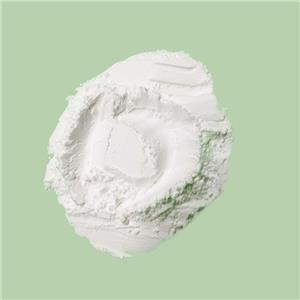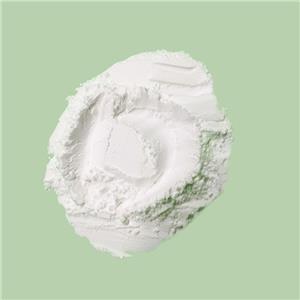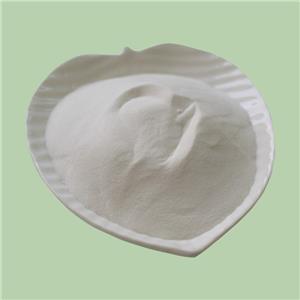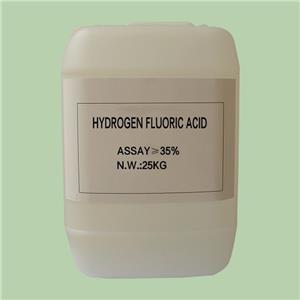Why International Buyers Prefer 70% Hydrofluoric Acid (HF)
In the global chemical market, hydrofluoric acid (HF) plays an irreplaceable role across industries such as glass etching, metal surface treatment, semiconductor cleaning, and fluorine chemical production. However, when it comes to selecting the right grade, most international buyers show a clear preference for 70% hydrofluoric acid rather than higher concentrations like 99%. This choice is not accidental — it results from a combination of safety, stability, industrial compatibility, and regulatory factors.
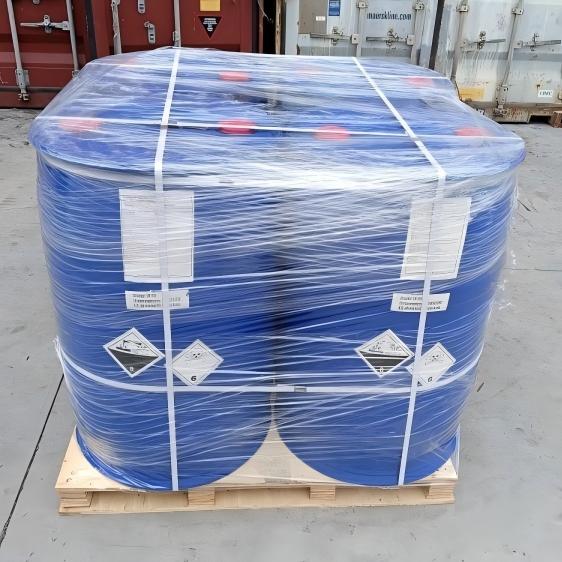
1. The Optimal Balance Between Concentration and Stability
Hydrofluoric acid is one of the most reactive and corrosive inorganic acids known. Its behavior changes drastically with concentration.
● Anhydrous (99%) HF is extremely volatile and unstable. It easily evaporates and releases toxic vapors, posing high risks during storage and handling.
● 70% HF, by contrast, represents a practical balance between reactivity and stability. It retains strong etching and fluorination capability while minimizing volatility and fuming losses.
For manufacturers and end-users, this balance means easier storage, safer handling, and longer shelf life, making 70% the preferred standard for most industrial operations.
2. Industrial Process Compatibility
Many industrial processes are specifically designed for 70% HF. This concentration delivers sufficient chemical activity for most applications without damaging equipment or compromising process control. Typical uses include:
● Metal pickling and passivation: 70% HF effectively removes oxides from stainless steel and aluminum surfaces while ensuring controlled reaction rates.
● Glass and ceramics etching: It achieves clean, uniform etching results suitable for optical and decorative applications.
● Semiconductor cleaning: Used in wafer processing to remove silicon oxides under tightly controlled conditions.
● Fluoride compound synthesis: Acts as a precursor for producing fluorides such as sodium fluoride, ammonium fluoride, and various fluoroaluminates.
Because many factories, especially in Europe and Asia, have standardized their production lines around this concentration, 70% HF has become the universal specification across global industries.
3. Safety and Transport Regulations
Hydrofluoric acid is classified as a hazardous substance under international transport and safety laws.
According to the UN Recommendations on the Transport of Dangerous Goods, HF solutions above 70% fall into a higher hazard category (Packing Group I), requiring stricter containment, labeling, and shipping protocols.
In contrast, 70% HF is typically classified as Packing Group II, which still demands caution but allows safer, more cost-effective global transport.
This regulatory distinction significantly influences international trade. Many importers prefer 70% HF because it meets their logistical, insurance, and customs compliance requirements without excessive restrictions.
4. Equipment and Material Compatibility
Hydrofluoric acid aggressively attacks glass, ceramics, and most metals. The higher the concentration, the more challenging it becomes to find suitable materials for containment.
● 70% HF can be safely stored in polyethylene (PE), PTFE (Teflon), or fluorinated plastic containers.
● Anhydrous or >90% HF, on the other hand, requires expensive nickel or Monel alloy tanks, which greatly increases cost and maintenance.
Therefore, using 70% HF provides a safe and economical compromise, extending the life of storage tanks and pipelines while ensuring operational reliability.
5. Standardization and Global Trade Efficiency
Over decades of industrial development, 70% hydrofluoric acid has become the de facto global standard.
Chemical producers, distributors, and end-users across different continents rely on this grade to maintain consistency in product quality, process parameters, and regulatory compliance.
This standardization creates multiple benefits:
● Easier sourcing from multiple suppliers;
● Lower production and transport costs;
● Simplified safety documentation and quality certification.
As a result, international buyers consistently request “Hydrofluoric acid 70%” in their procurement specifications.
The widespread preference for 70% hydrofluoric acid among international buyers is rooted in sound technical and regulatory reasoning. It offers:
● The best balance between performance and safety
● Compliance with global transport and handling regulations
● Compatibility with industrial equipment and production processes
● Cost-effective logistics across borders.
By supplying 70% HF that meets international quality standards, manufacturers can ensure both efficiency and safety — a key reason why this concentration remains the global benchmark for hydrofluoric acid trade.

